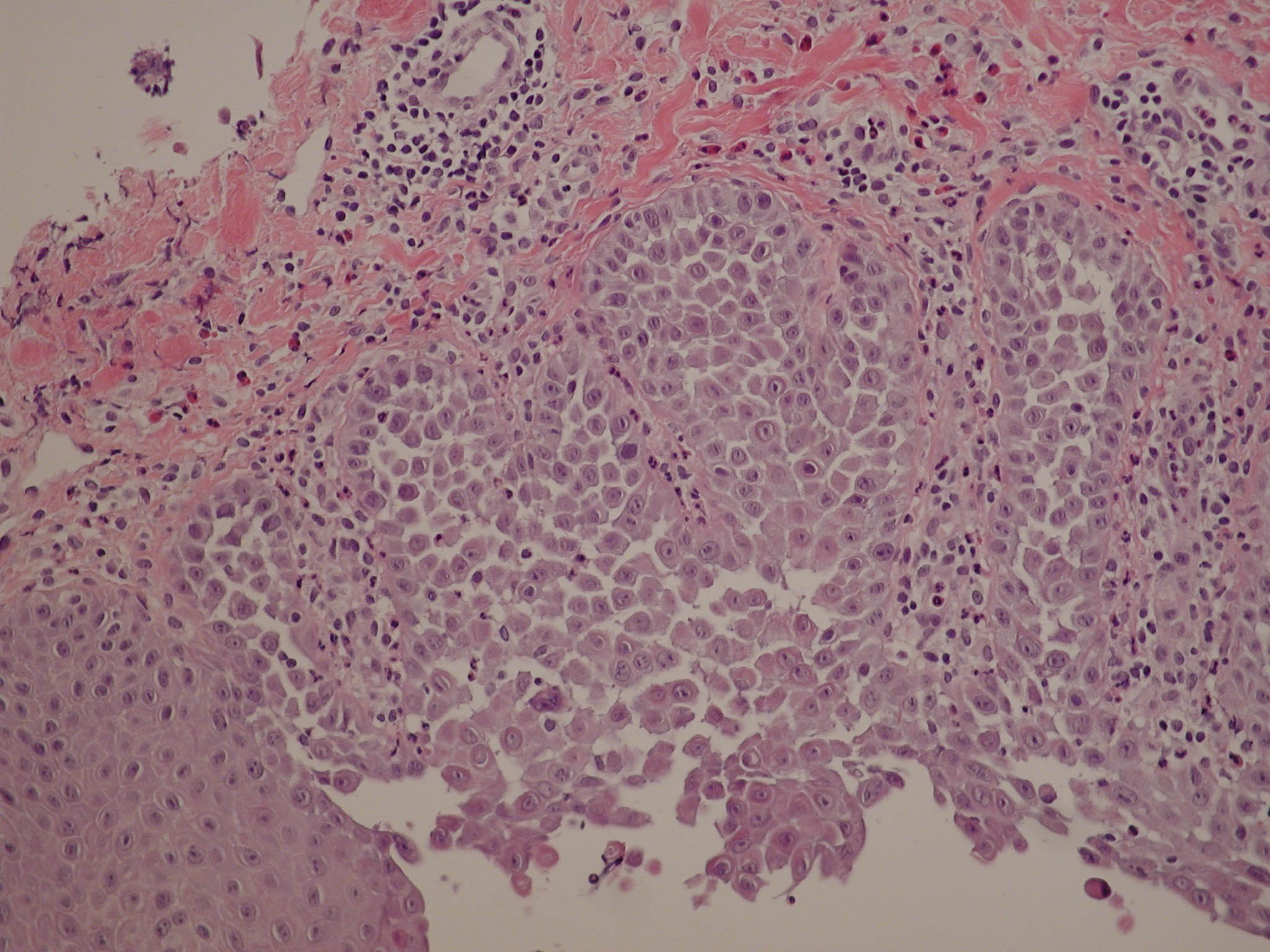Dermatol Surg. 1999 Aug;25(8):661-3.
Source
West Los Angeles Veterans Medical Center, Los Angeles, CA 90024, USA. epidermiss@aol.com
Abstract
BACKGROUND:
Surgical intervention of Hailey-Hailey disease (HHD) may be required to achieve prolonged remission or cure. Excisional surgery, dermabrasion, and continuous carbon dioxide (CO2) laser therapies have been utilized with success, though patients may experience considerable morbidity.
OBJECTIVE:
To evaluate the use of short pulsed and short dwell time CO2 lasers in the treatment of HHD.
METHOD:
Case report and review of the relevant literature.
RESULTS:
A 26-year-old woman with refractory axillary HHD was initially treated with a short dwell time CO2 laser. The right axilla was treated with two passes at a fluence of 25 J/cm2, and the left axilla with three passes at 28 J/cm2. Three years later, several foci within each axilla that periodically blistered were further treated with two passes of a short pulsed CO2 laser at a fluence of 15 J/cm2. At a 3.5-year follow-up, the patient reported continued resolution of her left axilla but disease persistence in her right axilla.
CONCLUSION:
HHD can be effectively treated with a short dwell time CO2 laser if appropriate laser parameters are used.
